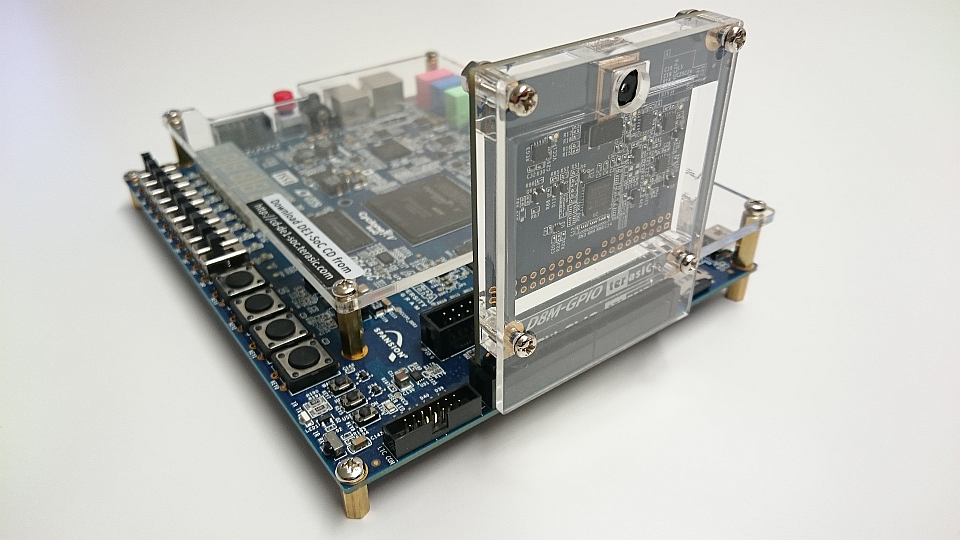
Low Latency, Highly Reliable Wireless Video Transmission to iPad
Institute of Embedded Systems, a research institute of Zurich University of Applied Sciences generated a reference design for a low latency, highly reliable wireless video transmission from a battery operated camera to an iPad or iPhone. The design is suitable for everything that requires a robust low latency video link such as vehicle remote control, […]